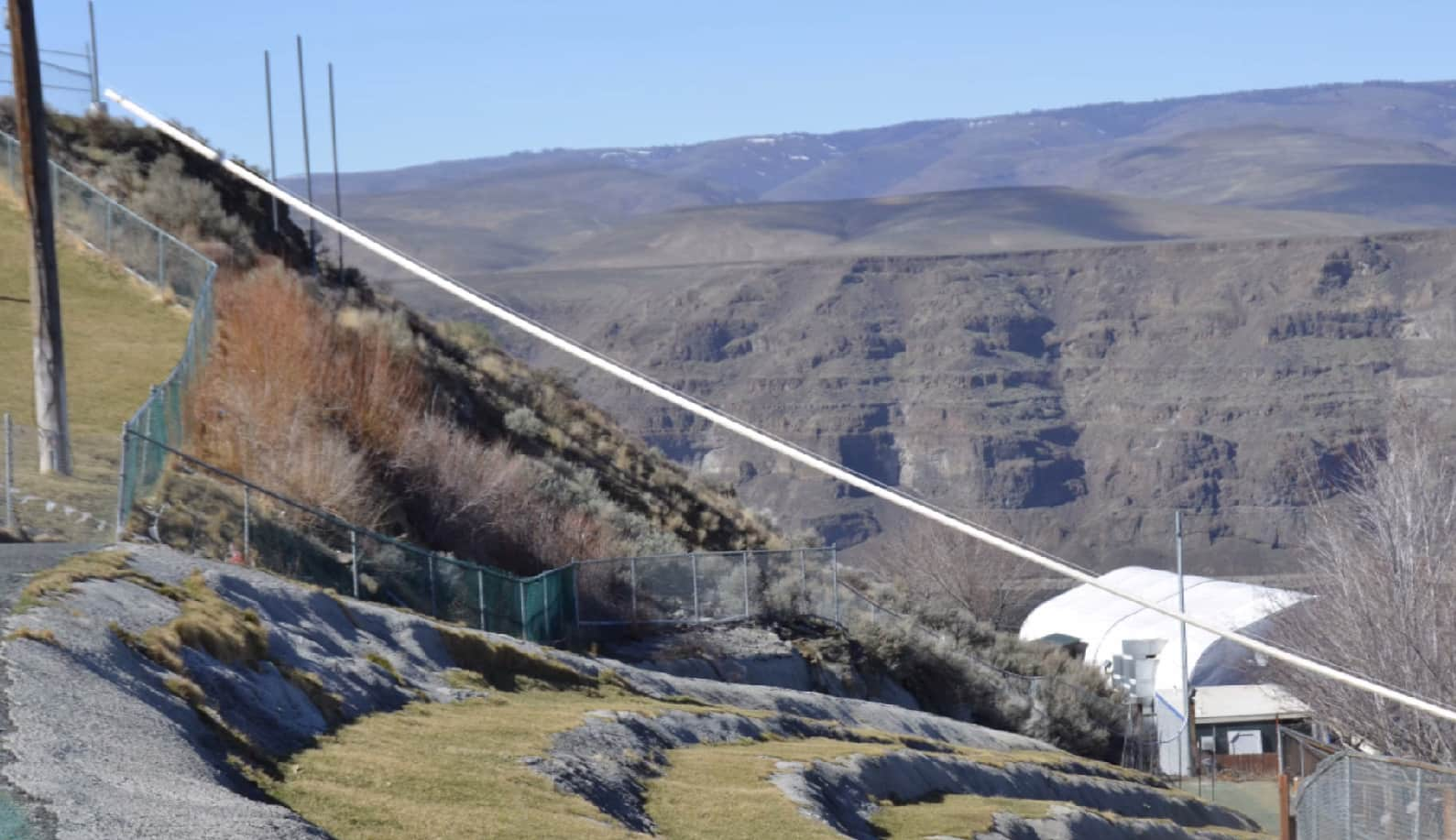Seattle-based Company Launches Salmon to Safety with “Fish Cannon”
OutdoorHub Reporters 08.12.14

Earlier this summer, Whooshh Innovations helped the Yakima Nation Fisheries transport hundreds of spring Chinook through the Roza Dam using an experimental process many have dubbed “fish cannons.” Of course, the “cannons” in question are actually long, flexible vacuum sleeves. When a fish swims near or is placed into the tube, the suction will transport the animal through the sleeve at approximately 10 meters per second to the desired location. Whooshh Innovations CEO Vincent Bryan III says the procedure is not only safe for fish, it is also one of the most efficient and economical methods of transporting fish across man-made barriers.
After a successful test in June, the company is gearing up for more operations later this year.
“There’s no doubt that we are challenging the status quo,” Bryan said in a press release. “Given the competitive nature of the aquaculture business, and the importance of wild salmon to the Pacific Northwest, we are excited about the opportunities ahead for this new fish transport system.”
Take a look at how the process works below:
Whooshh Inovations got its start transporting fruit at high speeds using the same tubes. After hearing about the difficulties that Washington wildlife officials had with getting fish through dams however, the company said it conducted its own tests.
“So we put a tilapia in the fruit tube,” Todd Deligan, Whooshh’s vice president, told The Verge. “It went flying, and we were like, ‘Huh, check that out.'”
According to the company, vacuum tubes have a number of advantages over traditional fish passage systems, including less lingering around fish ladders, cheaper construction compared to lifts and locks, flexible configuration and easy set up, and even making it easier for biologists to take individual samples. Later this year, the Washington Department of Fish and Wildlife will be using a 150-foot tube system to shoot salmon over a 20-foot embankment and into a transport truck.
It may sound ludicrous, but Deligan says it is actually less traumatizing to the fish than it seems. After all, plenty of methods currently in practice are much more stressful to fish, such as hand-carrying each fish from holding tank to truck or notably, airdropping fish to stock remote lakes. The company aims to eventually replace fish ladders at taller dams, such as Washington’s 550-foot Grand Coulee Dam, where ladders are not entirely practical.

